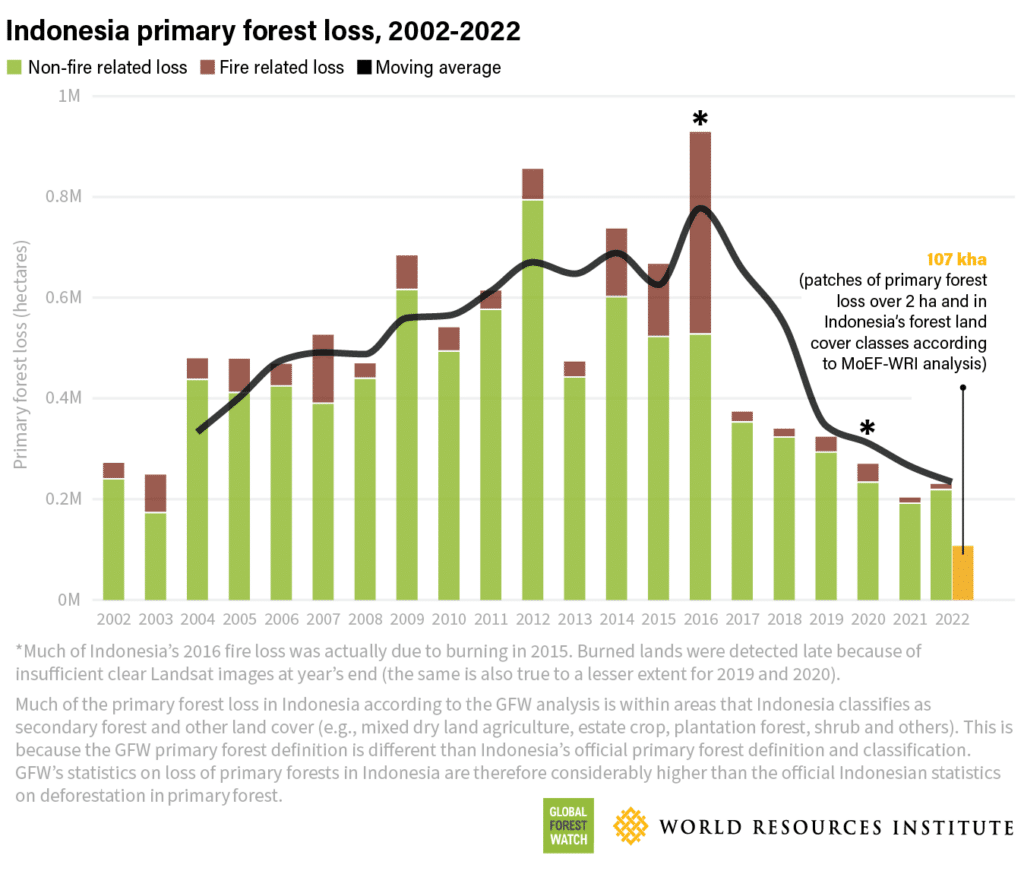Climate Change in Indonesia: A Nation’s Response and Challenges
Source: Disruptive Asia - Asia Society
15 February 2024 – by Eric Koons
Climate Change in Indonesia 2024
Climate change is already dramatically impacting Indonesia and will accelerate in the coming decades. In response, the country is making climate adaptation and mitigation a core component of national policy to deal with climate change in Indonesia.
Net Zero Emissions by 2060
This includes a commitment to becoming net zero by 2060 and an updated Nationally Determined Contribution (NDC) to reduce emissions by 31.89%, at minimum, by 2030. These are two overarching goals of the nation’s climate policy. However, individual goals exist for different areas of climate action.
Balancing these programs along with rapid economic and population growth will be challenging but critical to the country and the world’s push against climate change and global greenhouse gas emissions.
What is Indonesia Doing about Climate Change?
Renewable Energy Goals and Programmes
Indonesia has set ambitious targets to increase its renewable energy share in the energy mix. Indonesia is targeting a goal of half its new energy capacity being from renewables as part of its 2021-2030 plan. If achieved, it will source 23% of its energy from renewable sources by 2025 and 44% by 2030.
To achieve this energy transition agenda, the country needs to tackle the issues on three fronts: reducing the construction of new fossil fuel power plants, phasing out existing fossil fuels facilities and increasing the development of renewable energy systems.
On the first point, Indonesia recently passed an executive order that creates a moratorium on constructing new coal-fired power plants and has already eliminated 13 GW of coal power plants in the planning stage. Additionally, while fossil fuel subsidies have been slowly falling since 2015, they still remain a burden on the energy transition.

On the second point, Indonesia will phase out all unabated coal-fired power facilities by 2050.
On the final point, Indonesia is scaling up favourable renewable energy policies, such as removing the price cap of renewable energy and enacting a USD 21.6 billion renewable energy investments plan. While these are positive steps, proponents argue that more incentives are necessary, particularly for the private sector, to facilitate the development of renewable energy facilities.
Land Use, Deforestation and Greenhouse Gas Emissions
Deforestation is another critical issue of climate change in Indonesia. Between 2000 and 2020, deforestation accounted for over 42% of the country’s greenhouse gas emissions. During this same period, the country lost 29,400 square km in tree cover – an 18% decrease.
Indonesia has made significant steps on this front. Government regulation has dramatically reduced deforestation rates, with 2020 having the lowest rate since 1990.

The Indonesian government has also committed to replanting 20,000 square km of peatlands and rehabilitating 120,000 square km of degraded lands. This is part of the country’s push to make the forestry sector a net carbon sink by 2030.
Electrifying Transportation
Electrifying transportation is crucial for the country to reduce carbon dioxide emissions and limit air pollution in urban areas. Transportation is the second-highest emitting sector in the country.
To address this challenge, the country is working on a transportation decarbonisation roadmap, which is still in its draft stages. Additionally, the government has committed to electrifying over 50% of its light-duty vehicles and 30% of its medium and heavy-duty vehicles by 2030. To support this transition, the government has started a tax incentive program for purchasing electric cars and motorcycles.
Securing Climate Finance
Financing climate initiatives is a major consideration for all countries, Indonesia included. Estimates show that the country will need USD 19 billion per year in investments between 2018 and 2030 to reach its 2030 NDC. Indonesia’s current budget only includes USD 5.7 billion annually, leaving a significant funding gap.
To help fill this gap, Indonesia has joined a Just Energy Transition Partnership (JETP) agreement with several international partners, including Japan and the United States. The JETP will allocate USD 20 billion in funding over the next three to five years from a mix of public and private sector sources, both domestically and internationally. This is a significant step forward in working with the international community to fund its transition, which is a necessity. However, it will only cover 30% of the country’s climate finance needs.
Adaptation Strategies
Indonesia is also prioritising climate change adaptation measures. These include infrastructure improvements to withstand extreme weather events, coastal protection to address rising sea levels and agricultural modifications to ensure food security amid changing climatic conditions.
The Impacts of Climate Change on Indonesia
This level of climate action is necessary for the country due to its high climate risk. Meanwhile, Indonesia is ranked in the top third of countries at risk of global warming.

This is primarily driven by its geography (extensive coastline and near-equator location) and relatively low human development index. This means large portions of the population live in climate-vulnerable areas yet cannot adapt to climate impacts.
Some of the primary impacts of climate change on Indonesia include the following.
- Sea-level rise: Estimates show that sea levels will rise between 0.44 and 0.74 m by 2100. This will lead to around 8 million people living in floodplains by 2030, and land that is home to over 8 million people will be underwater by 2070.
- Flooding: Rivers will be a significant flood risk as the decades progress. Floods already affect 1.5 million people and cause damage upward of USD 1.4 billion annually. By 2030, this will increase by 400,000 people and cost an additional USD 6.1 billion. Extreme floods that were previously 1 in 100-year events may become 1 in 25-year events and affect upwards of 2 million more people.
- Heatwaves: Temperatures above 35oC are considered dangerous for human health. By 2080, the number of days above 35oC will drastically increase, with some scenarios showing this as an almost daily occurrence.
Global Comparison and Future Direction
Indonesia’s efforts in tackling global warming in Indonesia are significant, yet there’s room for further action. According to Climate Action Tracker, Indonesia’s current policies need to be more ambitious to align with the 1.5°C target set by the Paris Agreement. Comparatively, Indonesia’s initiatives are progressive in the Southeast Asian region, but they fall short of the aggressive measures adopted by some other countries globally.
While Indonesia is taking commendable steps towards addressing climate change in Indonesia, the nation needs to intensify its efforts to meet global standards and effectively combat its environmental challenges.
by Eric Koons
Eric is a passionate environmental advocate that believes renewable energy is a key piece in meeting the world’s growing energy demands. He received an environmental science degree from the University of California and has worked to promote environmentally and socially sustainable practices since. Eric’s expertise extends across the environmental field, yet he maintains a strong focus on renewable energy. His work has been featured by leading environmental organizations, such as World Resources Institute and Hitachi ABB Power Grids.
Read more





